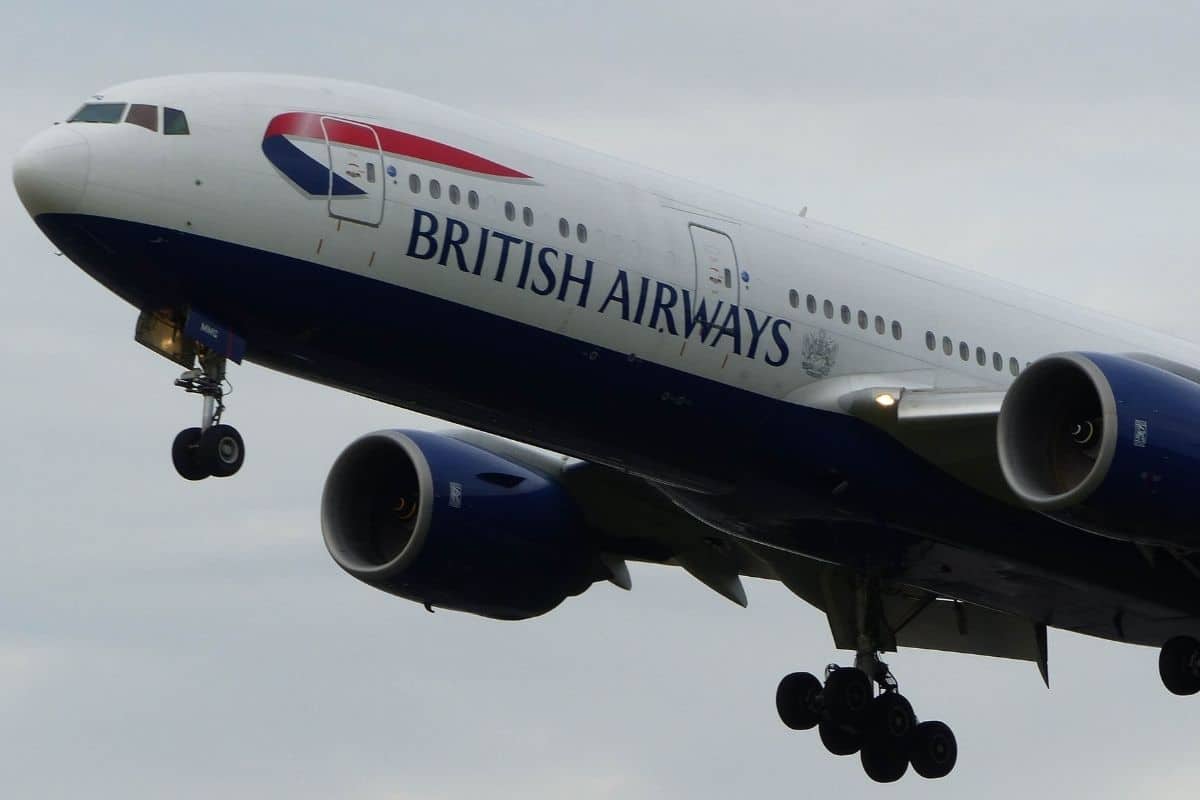Like any piece of machinery, commercial aircraft reach a stage in which they need to be replaced by younger, more efficient aircraft. The exact age in which an aircraft is retired varies however it is normal for an aircraft to fly for 25-30 years. However, there are outliers to this statistic.
Why do Planes get Replaced?
The primary factor influencing how often an airline replaces its fleet of aircraft comes down to the number of cycles in which an aircraft has accumulated over its service life. Aircraft cycles are generally counted as 1 per flight, which consists of 1 take-off and 1 landing.
With the more cycles and flight hours an aircraft and its components amount, the requirement for thorough maintenance checks and inspections increases.
During these maintenance checks, various aircraft components will be required to be serviced or replaced. These components often have their own service limits, measured through flight hours or flight cycles.
Expensive component overhauls or replacements such as engines, Auxiliary Power Unit (APU), and landing gear are often required on an average of every 5-10 years.
Other Factors Influencing Aircraft Retirement
These significant costs often play a role in deciding when an aircraft is retired. For example, it may not be financially viable to replace or overhaul the landing gear of a 25-year-old aircraft.
Aircraft age is typically never the influencing factor for aircraft retirement. However, an aircraft of a certain age typically has an average profile in relation to the number of aircraft cycles and flight hours accumulated.
Another factor taken into consideration when airlines are considering replacing an aircraft is fuel efficiency. The higher the fuel cost, the lower the profit made on each flight.
As technology advances, aircraft are becoming lighter and significantly more fuel-efficient. This is often an incentive for airlines to replace aging planes.
The transition from airplanes being constructed of aluminum alloy to more eco-friendly and lighter composite material has greatly accelerated the phasing out of older aircraft types.
The composite material used on modern-day aircraft allows for lighter designs to be achieved. This lighter design means fuel burn is significantly reduced, reducing carbon emissions and operating costs for the airline.
Number of Engines
As aircraft jet engines and airframe design have advanced, there has been a shift in the number of engines an aircraft typically has.
Older aircraft such as the Boeing 747 (4 engines) and the DC-10 (3 engines) have been phased out of passenger service in favor of aircraft with similar range capabilities with fewer engines. 2-engined aircraft such as the Airbus A330 and Boeing 767 first revolutionized this shift in the 1980s and 1990s.
Another element influencing aircraft replacement age is the structural and corrosion impacts an aircraft is exposed to over the course of its service life.
Predominantly affecting aluminum alloy airframes which are more susceptible to corrosion, corrosion inspection, and repair maintenance programs can heavily impact maintenance costs.
Final Thoughts
As mentioned above, 25-30 years is the average age in which a passenger aircraft is replaced by newer aircraft. Upon decommissioning from passenger service, many aircraft are converted to freighter aircraft. In this configuration, they fly cargo only.
The main reason for this conversion is the cheap acquisition cost of an older airframe. Cargo airlines can purchase or lease older aircraft at a much cheaper rate when compared to the cost of a brand-new airplane.
These older aircraft are also much more readily available than brand-new aircraft as airlines will regularly wait for years for new aircraft to be delivered.
Although maintenance costs are considerably higher on these older aircraft, cargo airlines generally fly fewer flight sectors than airlines, which heavily drives down the rate at which cycles are accumulated on the airframe.
An example of this type of operation can be seen in various cargo operators around the world. Many former passenger Boeing 767s have been converted to freighters, with a lot of examples averaging 30-40 years old.
In summary, the average passenger aircraft has a service life of 25-30 years. As stated previously, this exact age can vary based on several factors. External factors can also play a role in aircraft replacement age.
Examples include the Covid-19 global pandemic, in which many airline fleet retirement plans were accelerated.
British Airways retired the last of its fleet of Boeing 747s during the global pandemic due to the decline in air travel.
The worldwide push for reduced carbon emissions has also influenced airlines to adapt to newer, more fuel-efficient aircraft.
Read More:
Do Planes Count as Public Transport?
Do Airplanes Ever Rest? | Aircraft Downtime
This is an updated article. Originally posted on December 3, 2021 @ 7:20 pm

After visiting more than 60 countries, I have probably been on every type of plane there is and visited countless airports. I did my very first international solo trip to South Africa at the age of only 16 and haven’t really stopped traveling since.
Despite the adventurous travel itch, I do have a nerdy side as well – which is satisfied by writing about all things aviation “too boring” for my regular travel blog.
